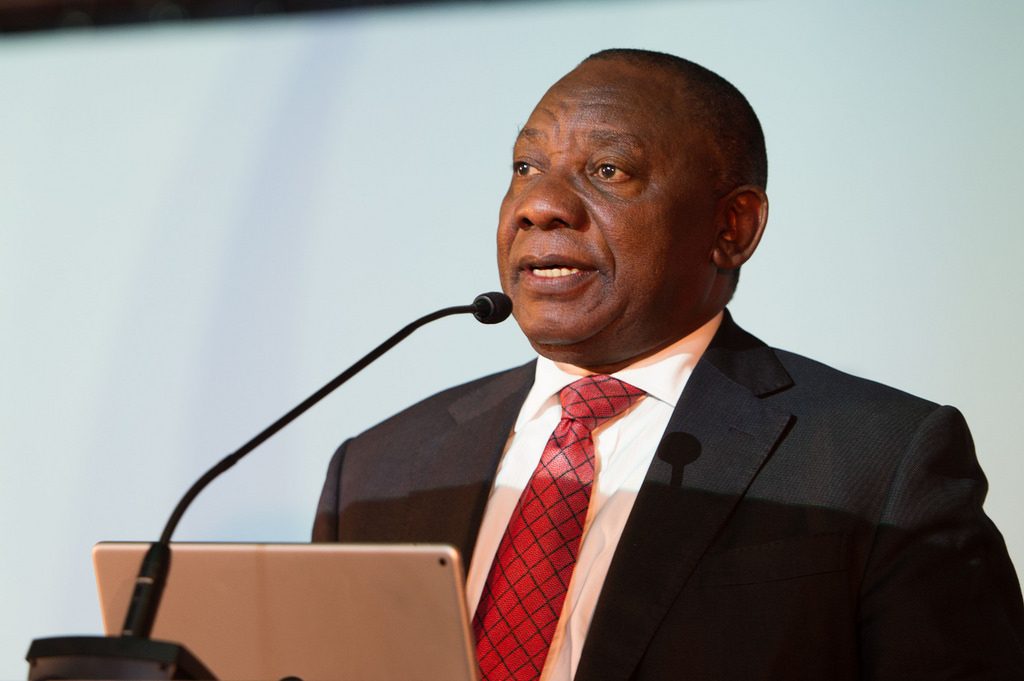He can’t relax just yet.

(Bloomberg) — When Lonmin Plc Chief Executive Officer Ben Magara announced in December that Sibanye Gold Ltd. had agreed to buy the platinum miner, he was visibly relieved.
He can’t relax just yet.
To keep the deal alive, Lonmin should avoid burning cash by the time of shareholder votes on the purchase later this year, according to Sibanye. That may be a tough ask for a company that’s been forced to seek covenant waivers from lenders and has struggled through years of losses, especially as a recently strengthened rand adds further pressure.
“Lonmin has cash flow problems, it’s a difficult position for them to be in,” said Ben Davis, an analyst at Liberum Capital Ltd. “Unless things dramatically change in the market it’s going to be tricky.”
Lonmin intends to remain at least cash neutral and “has adequate liquidity to see it to the completion of the transaction,” spokeswoman Wendy Tlou said. The company had net cash of $63 million at the end of December and a covenant waiver until February 2019.
Lonmin may cut more than 12,000 jobs over three years to reduce costs if lower metal prices persist and as output falls at older shafts, Tlou said.
The strengthening rand, which squeezes profits for both producers, could make the transaction less attractive for Sibanye, especially as the larger company is under pressure itself to reduce debt. The rand has outpaced other major currencies since South Africa’s new president, Cyril Ramaphosa, took leadership of the ruling party in December. It’s gained 15 percent in the past three months.
“More and more currency strength, then this deal won’t happen,” Davis said. “If it doesn’t pull through, Lonmin lenders will want their money immediately.”
Read more: Deal Wizard of South African Gold Mining Is Scaring Investors
The acquisition needs approval from more than 50 percent of Sibanye shareholders in a vote that is expected to take place in the fourth quarter of the year. The company would expect investors to approve the deal as long as Lonmin “isn’t burning cash,” Sibanye spokesman James Wellsted said.
Sibanye’s biggest investor is a Chinese consortium, with about 20 percent. South Africa’s Public Investment Corp holds about 9.5 percent in Sibanye and 30 percent of Lonmin.
The deal’s chances of success are good, said Charl Malan, a fund manager at Van Eck Associates Corp. in New York. The PIC is likely to support it to avoid having to recapitalize Lonmin, he said.
“I don’t think PIC wants that,” Malan said. “If commodities remain stronger, it’s easier to close the transaction, but if the broader market collapses, then you can have a problem.”
The PIC won’t publicly disclose how it will vote ahead of the shareholders’ meeting, head of corporate affairs Deon Botha said by email.
The outlook for Lonmin under a strong rand is an issue and “the market is concerned that it might add to our debt burden,” Wellsted said in an emailed response to questions. “If, for example, the rand is at 10 per dollar, and both Sibanye and Lonmin are losing money, I question whether shareholders will vote in favor of us issuing new shares in order to acquire Lonmin.”
The probability of the rand strengthening to 10 per dollar by year-end is about 13 percent, according to Bloomberg calculations based on the prices of options to buy and sell the currency. Analysts at Goldman Sachs and RMB Morgan Stanley see the currency strengthening to about 11 per dollar or just below by year-end.
“If the rand is at 10 to the dollar, the entire South African mining industry will be struggling anyway,” Wellsted said. “It is still quite a long time before the transaction concludes and we don’t know what will happen to the rand.”
(Written by Felix Njini)